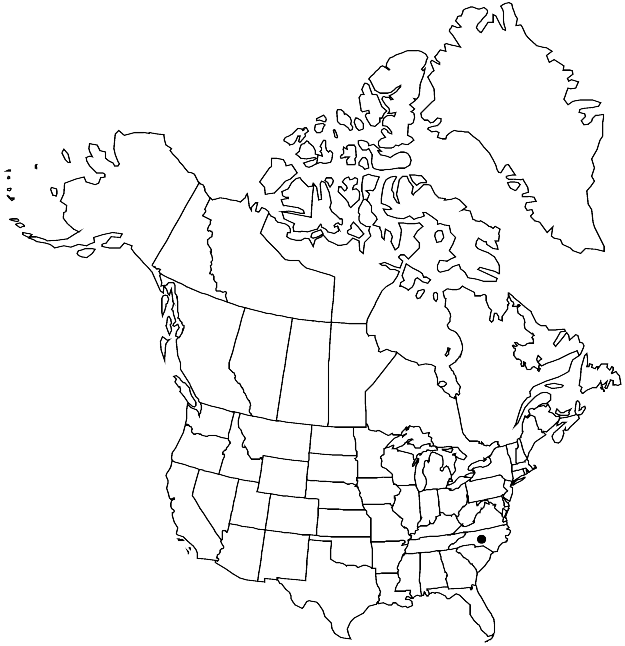Difference between revisions of "Schlotheimia lancifolia"
Bryologist 35: 9, plate 3. 1932.
Endemic
Treatment appears in FNA Volume 28. Treatment on page 72.
FNA>Volume Importer |
FNA>Volume Importer |
||
| Line 50: | Line 50: | ||
|publication year=1932 | |publication year=1932 | ||
|special status=Endemic | |special status=Endemic | ||
| − | |source xml=https://jpend@bitbucket.org/aafc-mbb/fna-data-curation.git/src/ | + | |source xml=https://jpend@bitbucket.org/aafc-mbb/fna-data-curation.git/src/f6b125a955440c0872999024f038d74684f65921/coarse_grained_fna_xml/V28/V28_108.xml |
|genus=Schlotheimia | |genus=Schlotheimia | ||
|species=Schlotheimia lancifolia | |species=Schlotheimia lancifolia | ||
Revision as of 19:44, 24 September 2019
Plants bright green, reddish brown, or dark brown. Stems to 1.6 cm. Stem leaves oblong-lanceolate to narrowly lanceolate, not rugose, 1.5–2.3 mm; margins sometimes serrulate at apex; apex gradually acute or acuminate; costa percurrent; distal laminal cells irregularly quadrate to rounded-elliptic, 6–8 µm. Seta 3–5 mm. Capsule 1.4–2 mm. Calyptra smooth.
Habitat: Logs, trunks of trees to 8 m, undisturbed hemlock hardwood zone
Elevation: moderate elevations
Discussion
Of conservation concern.
Schlotheimia lancifolia is extremely rare and endemic to the southern Blue Ridge Escarpment. It differs from S. rugifolia in having non-rugose, gradually acute leaves.
Selected References
None.
Lower Taxa
None.
